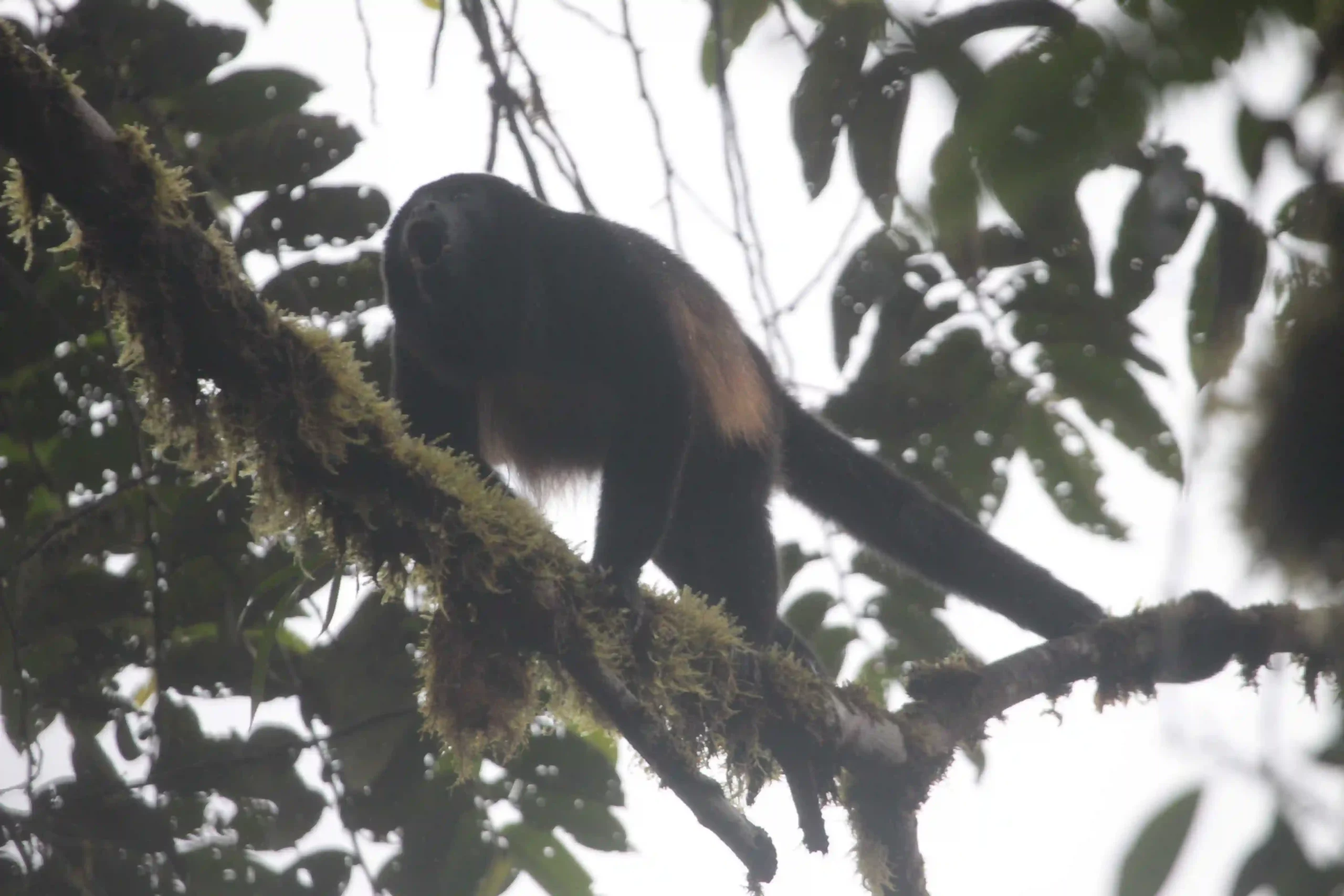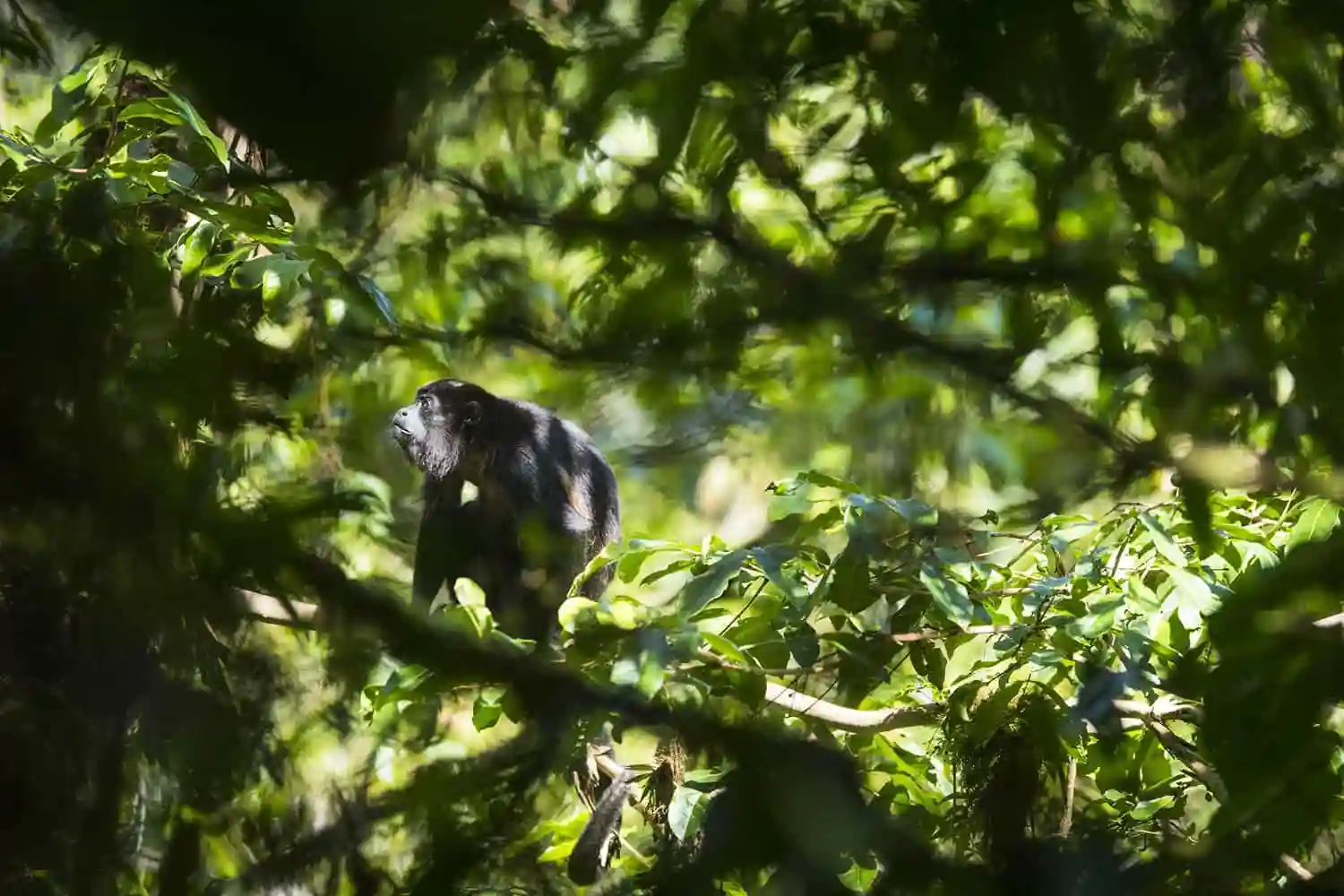Monkeys – Our Closest Relatives in the Animal Kingdom
These are our closest relatives with whom we share the greatest number of genes, behaviours and appearance traits. Primates, monkeys – our cousins – are characterised by having hands and feet with five fingers (or toes) each, of which the thumb is posable, and large heads with eyes looking towards the front.
Primates exist in tropical zones across the planet (without taking into account humans who have invaded the entire globe) but there are important differences between those found in Africa and Asia – primates of the old world, great terrestrial apes – and those that live in America – primates of the new world.
Those of the new world are smaller, have small snouts and noises with outward-facing nostrils, long legs, long fingers, usually with a prehensile tail that acts as an extra arm, and a tree-borne life. In short, of our cousins, American or neo-tropical monkeys are the most different from us.
In Ecuador, four families of primates with 20 species have been found. In the northwest of the mountain range four species have been found, however the excessive deforestation and habitat fragmentation has made them almost totally disappear; one of the four species is at the edge of extinction. It is the most threatened primate in the country and one of the 25 most threatened on the planet: the brown-headed spider monkey (Ateles fusciceps).
The only monkey that still is found in strong numbers in the Ecuadorian Chocó, even though they are depleting, is the mantled howler monkey (Alouatta palliata).
This yellow-coated primate is big and noisy, easy to spot due to its growls and scandalous howls to its mountainous family. In the Mashpi Reserve you can hear and see them constantly, especially in the early morning and end of the day, which is when they are noisier than ever.
These monkeys have a specialised bone in their throat with which they can roar, echoing around the forest. For this reason, they have swollen throats surrounded by stubble. It is the monkey that is least sensitive to change and most able to adapt to fragmentation. Its nutrition is based on leaves and sometimes fruits and flowers.

In contrast, the primate most susceptible to change is the brown-headed spider monkey (Ateles fusciceps); the biggest monkey in the Ecuadorian northwest, and sadly the most threatened. This black monkey, with the exception of its brown head and pale and sad mask of its face, needs mature forest with no alterations where it feeds on mainly fruits (if they are sweet and ripe even better), in combination with leaves and insects. It needs great expanses of forest to swing from branch to branch using its long tail, dispersing seeds as it goes.
It is in critical danger of extinction and has been observed few times in the Mashpi Reserve, but there is hope that it could recuperate and take advantage of the protection we offer.





